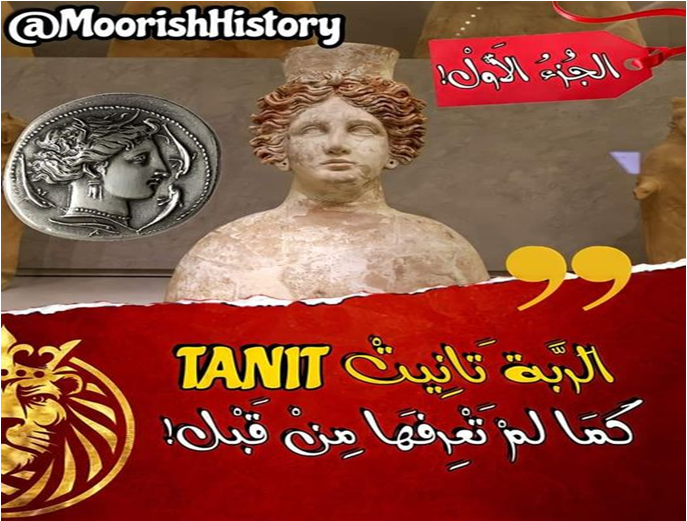Egyptian Amazighe mythology

The ancient Egyptians referred to the Libyan (Amazigh) origins of the ancient Egyptian gods, considering them to have come from North Africa, west of Egypt, and they also imagined some of them as ruling that region. Among the most prominent of these deities we find the goddess Night Utanit, a prominent goddess in Egyptian beliefs who was considered by the Egyptians to be a Amazigh goddess who settled in the Nile, west of the Delta. The ancient Libyans used to decorate themselves by tattooing it on their bodies.

According to Page, the gods Isis and Osiris are the most prominent ancient Libyan gods who settled in the Nile Valley, coming from western Egypt. According to the story of Diodorus Siculus, Amun, Ammon, was a legendary king who was deified by the Lubyans. In addition to the symbol of the ram surmounted by the sun disk, it was depicted in the form of a man with a hood decorated with two long feathers on his head. It is the emblem of a number of ancient Libyan tribes. The worship of Amun flourished in the fifth century BC. The spread of the Ammonites (Temples of Amun) in most of the cities and oases of the coast and the desert.

It is also noted that some of the ancient Egyptian deities were embodied with two feathers, such as the goddess Ament. The two feathers are a Libyan custom that the Amazighs used to decorate their hair, and they also indicated high social status. In addition, the symbol of the feather meant the West, i.e. the country of the Amazighs, in hieroglyphic symbols The West was called “Ament,” which can be linked to the name of one of the Egyptian goddesses, Amen or Amentet. To this day, there is an Amazigh tribe in Morocco bearing the name Ament (Ait Ament).

It is difficult to differentiate between the customs and traditions of the Libyans and the ancient Egyptians, to the point that we can almost say that they are one ancient nation that was divided among themselves after the first war between them, or even the first written war in history in the region, in the year 3300 BC, when King Menes led a military campaign against the Libyan kingdoms in the north. Egypt to separate and become part of Egyptian territory to this day (the Delta region).
Source: websites

